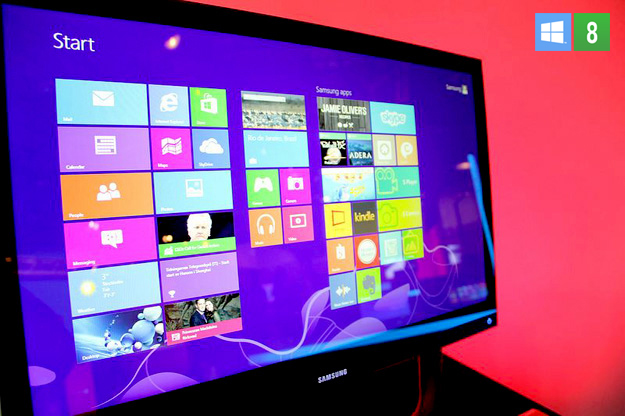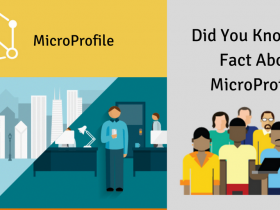Windows 8 is Microsoft’s current operating system and it will soon release the Windows 10, which offers multiple new features and more mature platforms. Many people find it easier and cheaper to upgrade their devices to Windows 8, than purchasing an entirely new software package. Windows 8 is actually a versatile software platform. It is still an excellent software platform for laptops and desktops; but it has much better support for tablets. In a nutshell, working with Windows 8 for the first time shouldn’t feel like a bad blind date if we know what to expect. Average PC users should be able to do so many things on their computers. Casual tasks with Windows 8 should be as straightforward as on the earlier Windows 7. We could visit websites on our favourite browsers and play music easily on our players. For the most part, any Windows 7 user won’t need to fiddle around the interface like first-time users. We should be able to know what to expect from the usual options, preferences, tools and settings menu; so we know options that could get us started with everything on the interface. Users should also be able to use their favourite email clients and the whole things should work for them in many cases. The user interface shouldn’t make us click on unnecessary places, because there are pre-defined paths on the layout where we could work with the trivial functions when necessary.

When we look a bit closer, we could see that the interface would support much smaller screen very well, so Windows 8 should work wonderfully on touchscreen tablets with display smaller than 10-inch.
Windows 8 is known for its Metro UI and it is suitable for tablets. Unfortunately, Microsoft may have gone a bit overboard in this area, because the design is less usable on a PC. Although we could click those tiles with mouse pointers, they are much too simplistic even for casual computer users. Much of its functionality is not easily accessible for laptop users, although this layout obviously works quite well for tablet users. Apparently, we may have an operating system that’s affected with split personality syndrome. The software tried to do a couple things and it may not do too well on either. Hopefully, Microsoft will fix this problem on the Windows 10.
However, Windows 8 shouldn’t be a nightmare for us, if we know how to deal with the strange things on the interface. As an example, the SNAP is a feature that can split the display in two and this could help us boost our productivity whenever necessary. The split interface shouldn’t be vertical only, so we could also put things horizontally. There should be significant productivity benefits in this area, where we could do things really well and wonderfully.
Some of the apps in the Metro UI are actually heavily stripped down compared to their classic desktop counterparts. This should be obvious when we use the Internet Explorer for the first time. As an example, it doesn’t have any kind of tabs and it is not possible to open multiple pages at once. Many people are already comfortable with tabbed browsing, which is much more productive for a variety of task. So many things have been discussed and talked about the new Windows Marketplace and it isn’t really a store where we could purchase real desktop software. There’s no Adobe Photoshop or similar heavy-duty software that can only run on real computing machines.
























